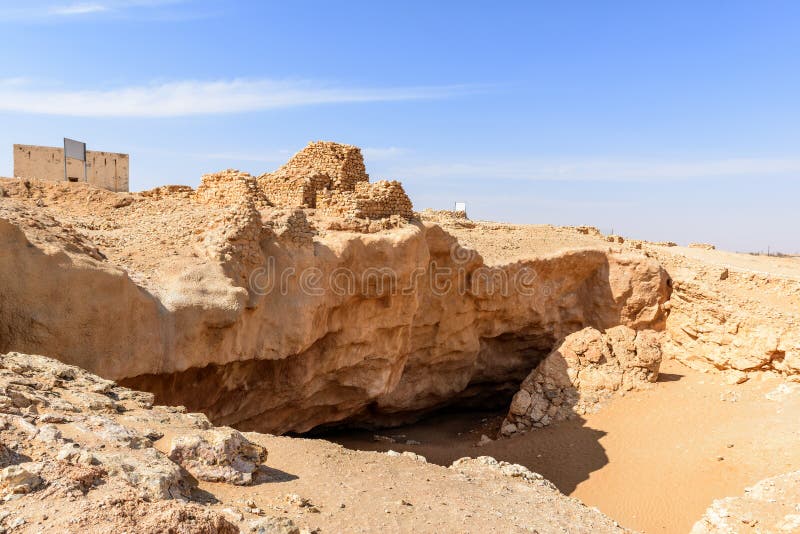
All the evidence was there, but Lorenzo was the only one who put it all together and actually understood what it meant. I was far too quick to dismiss his theories - ah, the arrogance of youth! I'm now convinced that his essential premise is correct - the artifact he found was not made by humans. I've also come to realize how brilliant Lorenzo actually was. Maybe I could have found some other artifacts that I could have studied more directly - even if they were for completely different purposes, it would be invaluable in understanding how the ancient technology functioned. But now, after going over Lorenzo's papers more thoroughly, I believe there are enough clues to the general location that a large-scale search using aircraft might have been feasible - something that wasn't possible in my first attempt, of course. After my initial failed attempt to find the site, I dismissed it as both hopeless and useless - better to focus my energy on the immediate problems. I wish now I had made more effort (when it was still possible) to try to locate the site of so-called Ubar.

He followed them into the Empty Quarter of Arabia, to the nameless city buried in the sand like the mythical Atlantis beneath the waves." but he was the only one to understand what they meant. The clues were all there, scattered amongst the earliest civilizations.

My father only made one expedition to the lost city, and his findings were never published. But in the end he found it: a lost city, buried in the sands of the Rub'al Khali, the Empty Quarter of Arabia." He spent years looking, and was widely ridiculed by the so-called experts. Eventually, he found was he was looking for - a lost city, buried beneath the sands of the Empty Quarter of the Arabian desert." Think of Atlantis - the myth of an advanced civilization destroyed by a cataclysm is shared by many widely separated ancient cultures.

My approach is to combine a rigorous scientific method while keeping an absolutely open mind. Jack Cabot: " I'm glad to hear you say that.

However, he made only one expedition to the Empty Quarter, and, combined with his famed arrogance and short temper, he was dismissed as a hack. It wasn't until Lorenzo Cabot's expedition to the Empty Quarter of the Rub' al Khali that the first archaeological evidence of Ubar and the lost civilization was uncovered and the Atlantis of the Sands was verified to exist. The collapse of Ubar would be immortalized as myth and legend, a cautionary tale of a civilization destroyed by its own hubris. Their descendants would eventually create modern human civilizations, beginning with the basin of the Tigris and Euphrates. The collapse of the civilization that created Ubar was likely a result of a natural disaster, destroying Ubar and other holdings belonging to the civilization. Most importantly, the technology used in this ancient city surpassed any developed by humanity ever since, appearing almost like magic. Built by a non-human species and filled with structures and artifacts best described as strange, including disturbing geometries, proportions, and carvings indicating dimensions beyond. Ubar is an ancient city buried beneath the Rub' al Khali desert, dating to 7,500 BCE, or 4,000 years before the rise of the first human civilization in Mesopotamia.


 0 kommentar(er)
0 kommentar(er)
